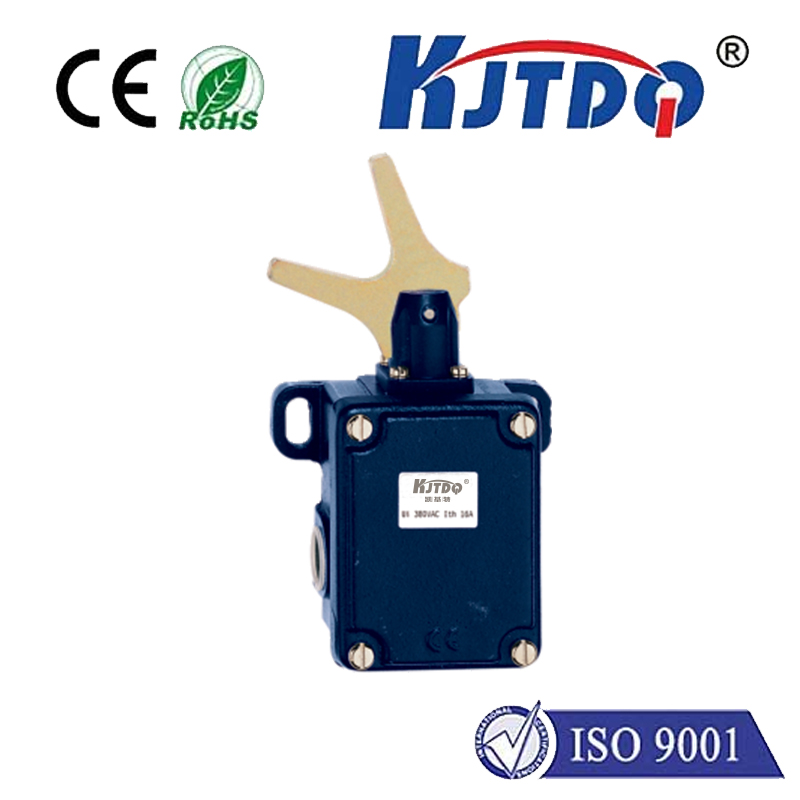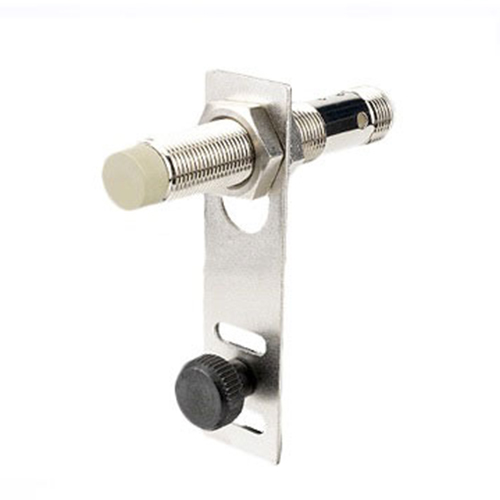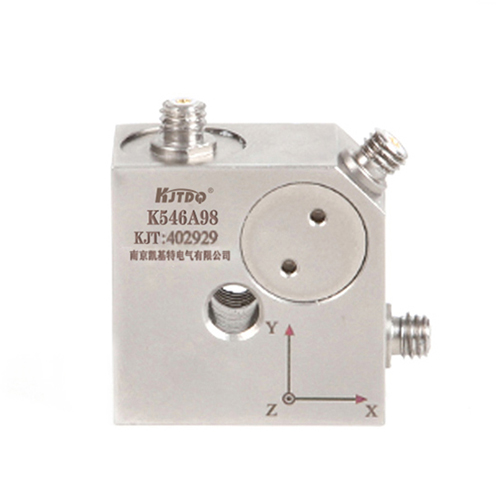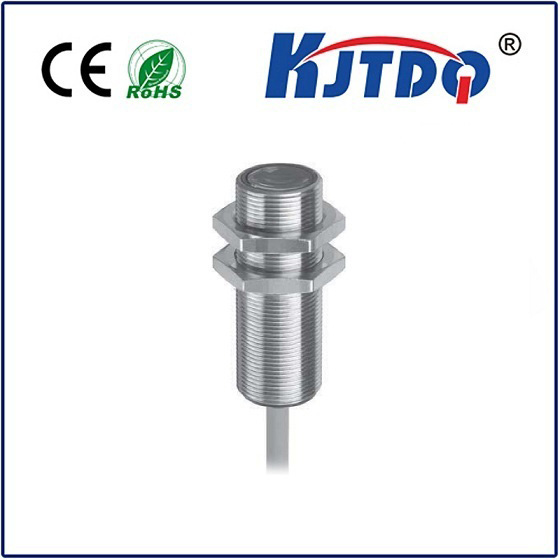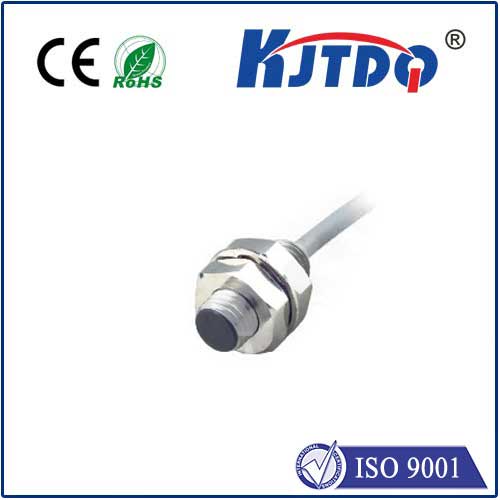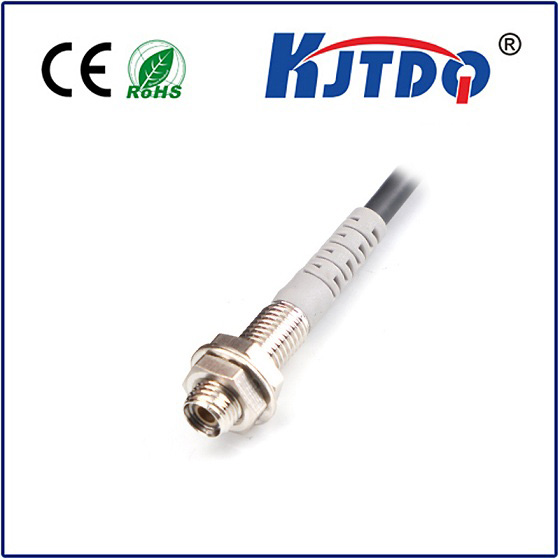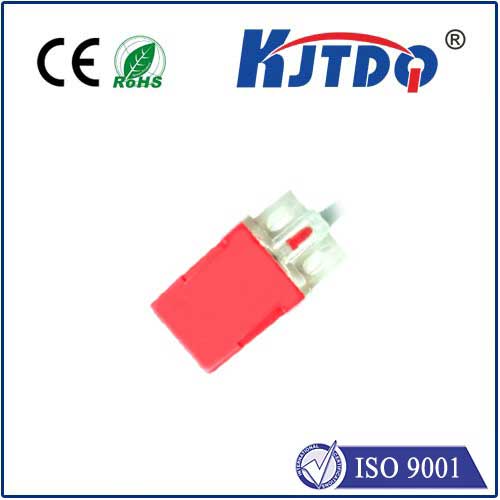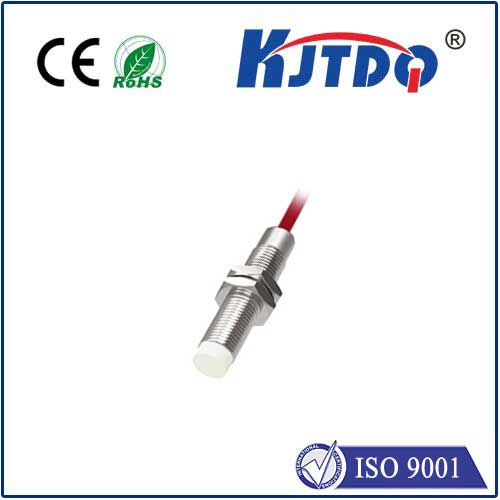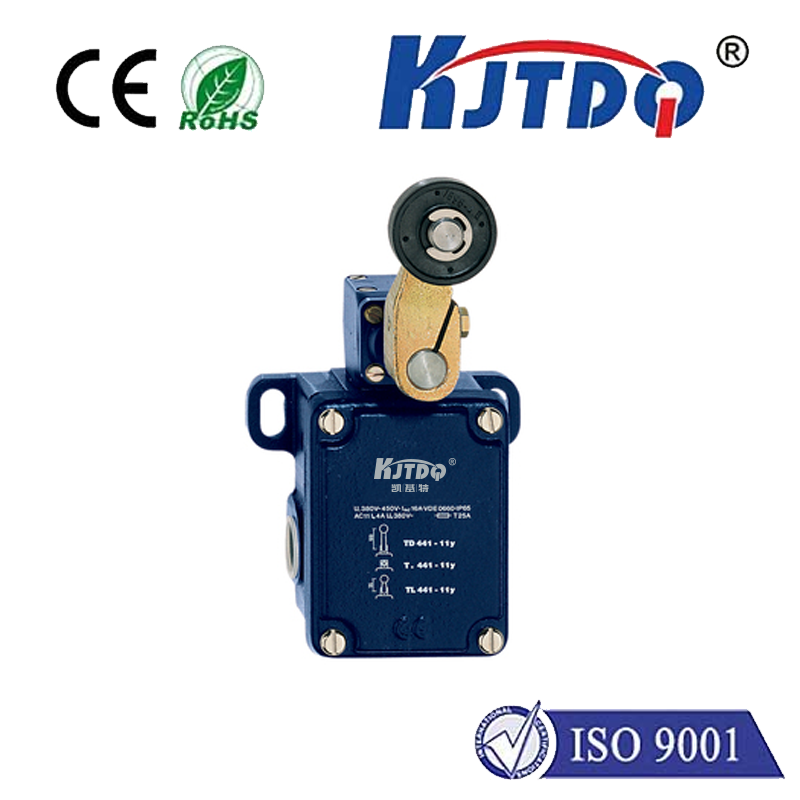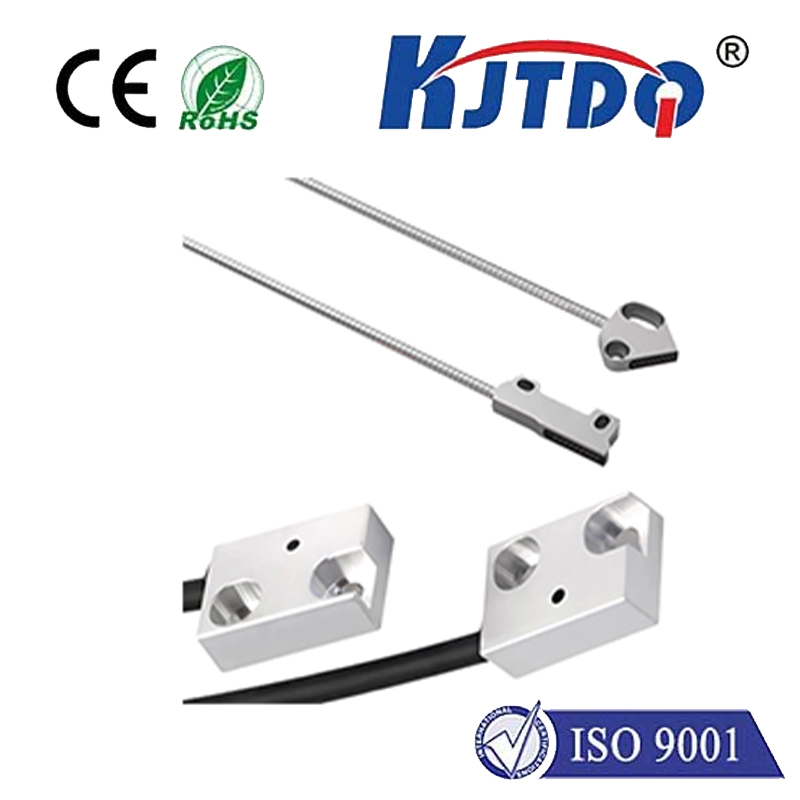E3FA-VP21 5v photoelectric sensor
- time:2025-10-09 09:12:34
- Click:0
Omron E3FA-VP21: Unlocking Compact Sensing with 5V Power Precision
Finding the perfect photoelectric sensor often feels like navigating a maze of voltage requirements and space constraints. What if a single sensor could simplify integration, especially in the burgeoning world of compact, low-voltage electronics? Enter the Omron E3FA-VP21: a photoelectric sensor specifically engineered with a 5V DC operational voltage at its core. This isn’t just another sensor; it’s a tailored solution for applications where standard industrial voltages (like 24V) are impractical or simply too high.
Photoelectric sensors, fundamentally, detect the presence, absence, or distance of an object using a light emitter (usually infrared LED) and a receiver. They are ubiquitous due to their non-contact nature, reliability, and versatility across countless industries – manufacturing, packaging, automation, and far beyond. The E3FA-VP21 model, part of Omron’s esteemed E3FA miniature series, excels particularly by bridging the gap between industrial robustness and the low-voltage demands of modern electronics.
The Significance of 5V Operation: A Game-Changer
The 5V DC power requirement is the defining characteristic of the E3FA-VP21. This immediately sets it apart:

- Seamless Microcontroller Integration: Designed explicitly for direct connection to low-voltage logic circuits. It integrates effortlessly with popular development platforms like Arduino, Raspberry Pi, ESP32, and countless other microcontrollers and microprocessors operating at 5V logic levels. This eliminates the need for cumbersome and potentially noisy voltage converters or interface relays, simplifying circuit design significantly.
- Compact & Portable Device Compatibility: Ideal for applications within battery-powered systems, portable equipment, custom electronics, IoT devices, and small-scale automation projects where space and power efficiency are paramount. Its low voltage requirement inherently contributes to lower overall power consumption.
- Reduced Design Complexity: Working directly with 5V removes potential failure points and design headaches associated with level shifting. Engineers can focus on core functionality rather than power interface nuances.
Key Features & Capabilities of the E3FA-VP21
Beyond its headline voltage specification, the E3FA-VP21 packs considerable performance into its miniature, cylindrical M12 housing:
- Compact M12 Form Factor: Measuring just 12mm in diameter, it excels in space-limited applications. Its small size allows for easy mounting in tight locations where larger sensors simply wouldn’t fit.
- Robust Construction: Typically rated at IP67, ensuring protection against dust ingress and water immersion (up to 1m for 30 minutes). This durability makes it suitable for demanding environments, not just benign electronics benches.
- Through-beam Sensing Principle: The “P” in VP21 specifically denotes it’s typically configured as the receiver (phototransistor) unit in an E3F Through-beam system. This setup involves a separate emitter unit (e.g., E3FA-V) projecting a beam of light. The VP21 receiver detects interruptions of this beam. It’s crucial to pair it with a compatible emitter operating within its sensing range.
- Reliable Output: Features a standard NPN (sinking) output transistor, suitable for most 5V logic circuits. The Dark-ON/Light-ON operation mode is configurable, allowing flexibility based on whether an object blocking the beam should trigger the output.
- Fast Response Time: Engineered for high-speed detection, capable of handling rapid object movements typically encountered in automation and conveyance systems.
- IO-Link Capability (Specific Models): Some variants within the E3FA-V series offer IO-Link communication (Version 1.1), turning the sensor into a smart device capable of transmitting diagnostic data, allowing remote parameter setting, and enabling predictive maintenance strategies. Check specific part numbers for this feature.
Where the E3FA-VP21 Truly Shines: Practical Applications
The 5V DC operation opens unique doors. This sensor isn’t just for industrial plants; it’s a star in innovative, compact solutions:
- Prototyping & Maker Projects: The go-to sensor for Arduino enthusiasts, Raspberry Pi tinkerers, and hobbyists building custom automation due to its direct 5V compatibility and ease of use.
- Micro-automation Systems: Critical within small robotic arms, desktop assembly stations, lab automation equipment, and custom dispensing machines often powered by internal low-voltage systems.
- Consumer Electronics & Wearable Tech: Used in internal sensing within specialized consumer devices or portable diagnostic tools requiring reliable object detection without high-voltage circuits.
- Printed Circuit Board (PCB) Handling: Ideal for position verification and presence detection of delicate PCBs during automated assembly or testing processes, where low-voltage operation is essential for safety near sensitive components.
- Medical & Laboratory Equipment: Supports precise positioning and component counting within sophisticated medical devices and lab instruments, benefiting from its small size, reliability, and low-voltage safety profile.
- Battery-Powered Mobile Robots: Provides essential object detection for logistics robots or service robots operating on battery packs, where every watt counts. Its low power consumption is a significant asset here.
- IoT Sensor Nodes: Perfect for edge devices in IoT setups that monitor simple presence/absence states, transmitting data via microcontrollers powered from low-voltage sources.
Choosing Wisely: The VP21 Advantage vs. Higher Voltage Sensors
While 24V DC sensors dominate traditional industrial panels, the E3FA-VP21 carves its niche where voltage matters. Opting for the VP21 is less about replacing 24V sensors universally and more about selecting the right tool for specific low-voltage challenges. Using a VP21 where 5V is available simplifies wiring, reduces component count (no relays or converters), enhances safety near sensitive electronics, and minimizes potential points of failure. Conversely, forcing a 24V sensor into a 5V system requires additional components and complexity you likely don’t need.
Conclusion
The Omron E3FA-VP21 5V Photoelectric Sensor is far more than just a sensor; it’s an enabler for innovation. By meticulously addressing the critical need for industrial-grade photoelectric sensing at 5V DC, it unlocks possibilities in compact automation, rapid prototyping, battery-powered systems, and low-voltage electronics integration. Its combination of the M12 form factor, robust IP67 rating, fast response times, and potential for smart IO-Link capabilities makes it a versatile and highly practical solution. Whether you’re an engineer designing the next generation of medical devices, a hobbyist building an intricate robot, or optimizing a micro-production cell, the E3FA-VP21 stands ready to deliver reliable, direct detection, powered perfectly at 5 volts.












